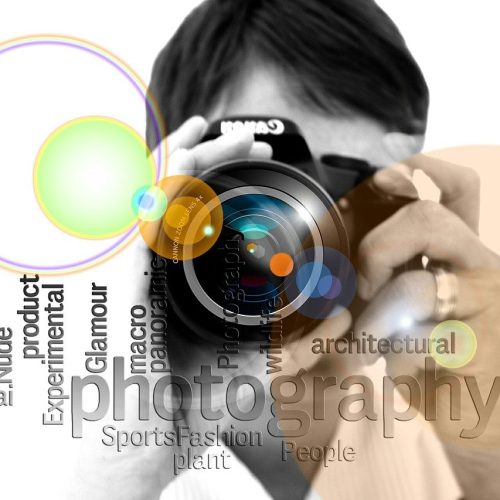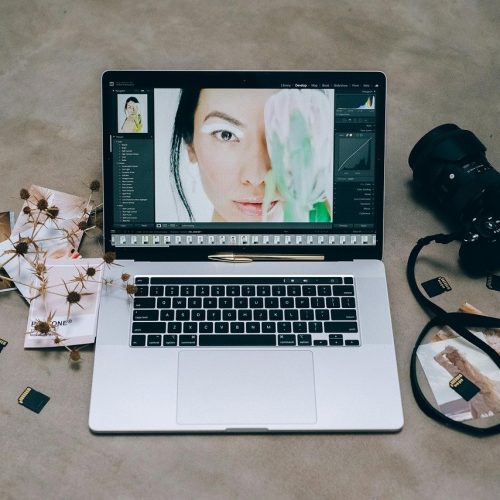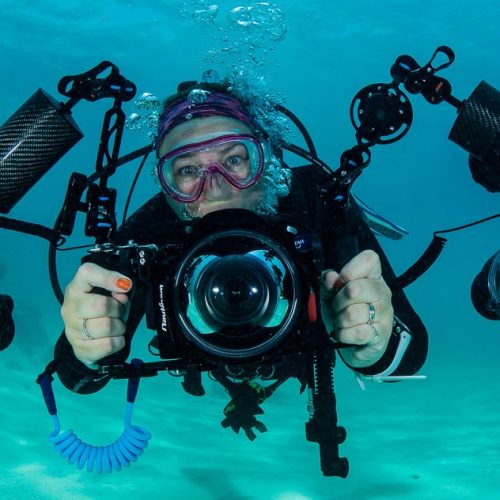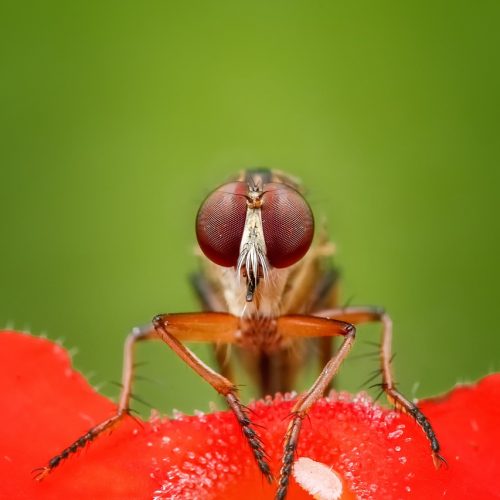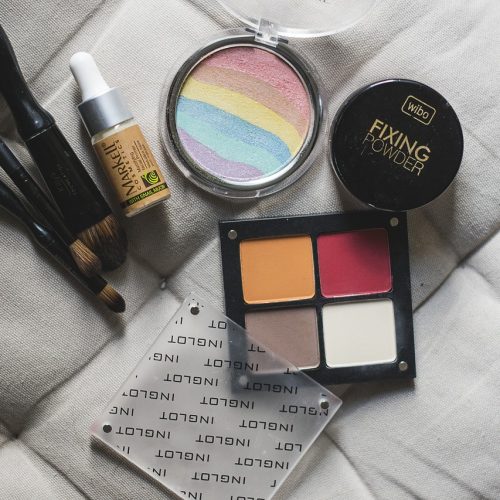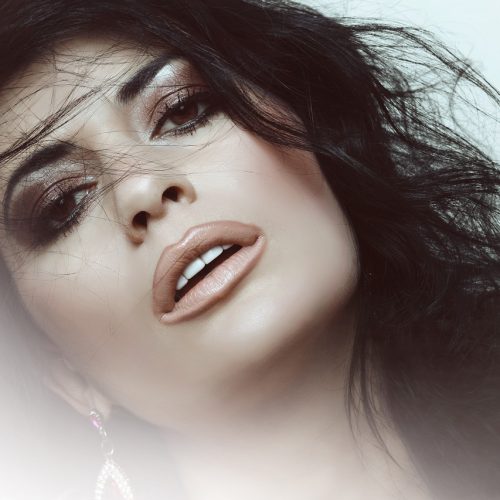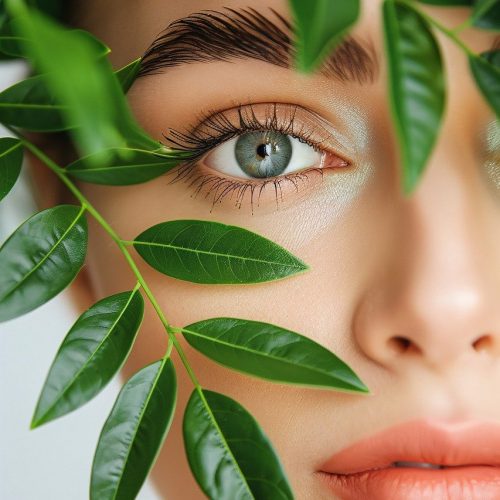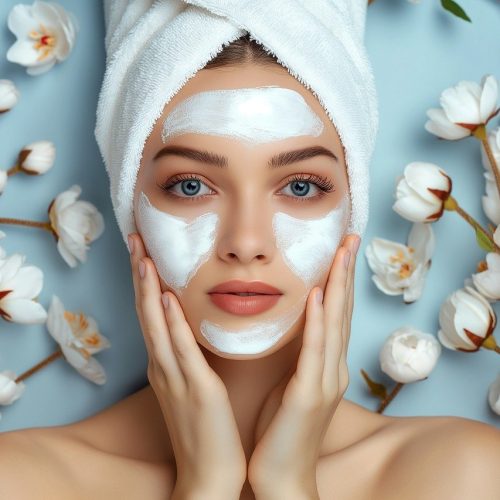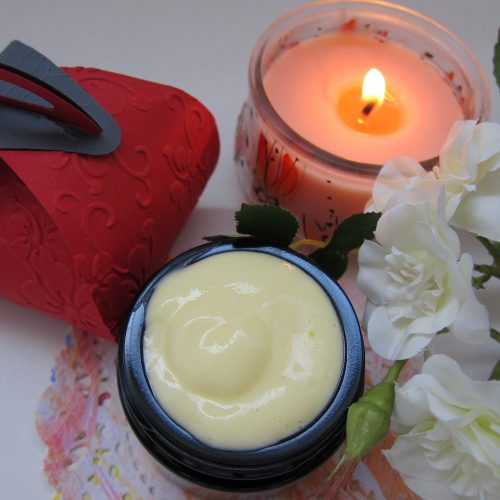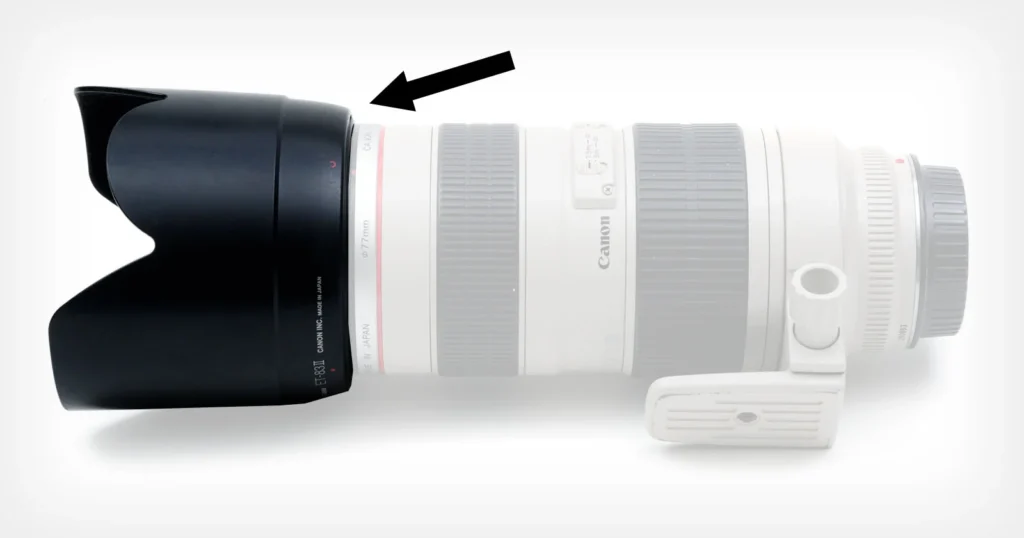
Introduction
Ever wondered what that odd-looking piece of plastic or metal is at the end of a photographer’s lens? That’s a camera lens hood, and it might just be one of the most underrated accessories in your camera bag. Whether you’re a professional photographer or an enthusiastic hobbyist, understanding when and why to use a lens hood can elevate the quality of your shots. So, what does a camera lens hood do, and when should you be using one? Let’s dive into the details.
What is a camera lens hood?
A camera lens hood is a device attached to the front end of a camera lens. Its primary function is to block stray light from entering the lens, which can cause unwanted effects like lens flare or a reduction in contrast. In essence, a lens hood acts as a shield, ensuring that the only light hitting your lens is the light you want in your photo.
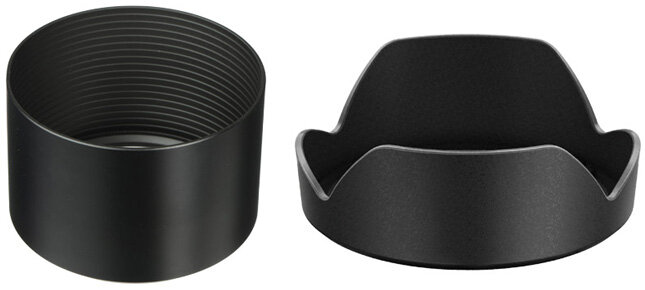
Types of Camera Lens Hoods
Petal (Tulip) Lens Hood
Petal or tulip-shaped lens hoods are characterized by their unique cut-out design. They are designed to fit wide-angle lenses, minimizing the risk of vignetting while effectively blocking stray light.
Cylindrical (Round) Lens Hood
Cylindrical or round lens hoods are typically used with telephoto lenses. Their simple, tube-like design offers excellent protection against lens flare, particularly in outdoor environments.
Square Lens Hood
Square lens hoods are less common but are sometimes used with specific types of lenses, especially medium-format cameras. They offer a distinctive look and work similarly to other lens hoods by blocking unwanted light.
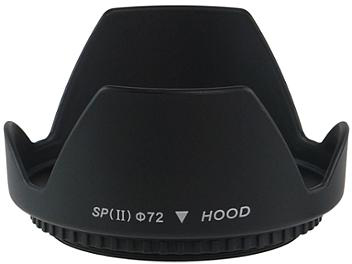
How Does a Camera Lens Hood Work?
A lens hood works by extending out from the lens and blocking light that doesn’t come from the direction of the subject. This prevents stray light from hitting the lens elements and causing lens flare, which appears as bright spots or streaks in your photos. Additionally, by blocking this light, the lens hood helps enhance image contrast and color saturation, making your photos look more vibrant and true to life.
When to Use a Camera Lens Hood
Outdoor Photography
If you’re shooting outdoors, especially under bright sunlight, a lens hood is your best friend. It minimizes lens flare and helps maintain the contrast in your photos, which is particularly important in landscape photography.
Indoor Photography
While lens hoods are less critical indoors, they can still be useful, particularly in settings with multiple light sources that could create flare or reduce contrast.
Portrait Photography
In portrait photography, a lens hood not only helps manage light but also provides a bit of a physical barrier between your subject and the lens, which can be useful in crowded or close-up settings.
Landscape Photography
Landscape photographers often deal with bright skies and reflective surfaces. A lens hood helps keep your images sharp and your colors true by blocking out unwanted light.
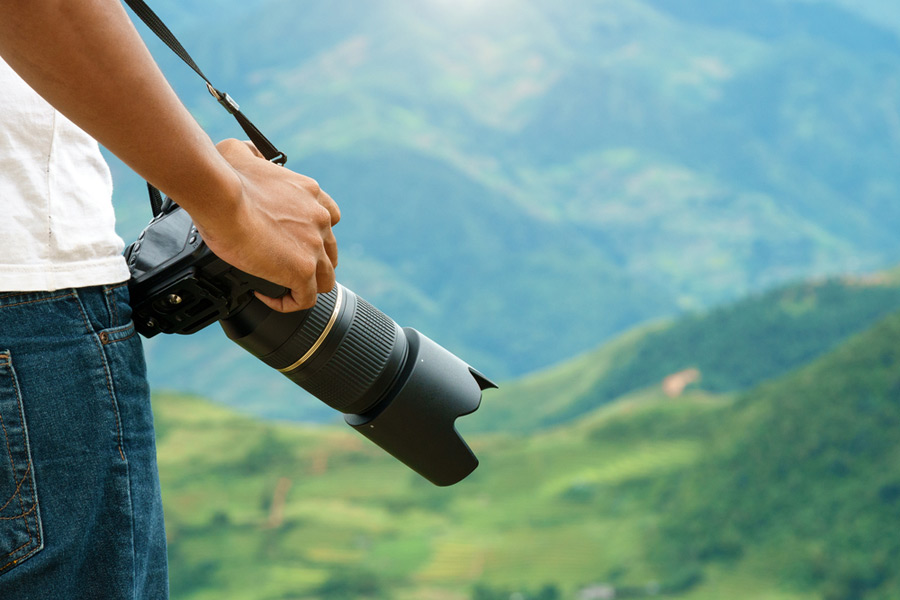
Benefits of Using a Camera Lens Hood
Preventing Lens Flare
One of the main benefits of using a lens hood is its ability to prevent lens flare. This can make a huge difference, particularly when shooting towards the light source or in very bright conditions.
Increasing Contrast
By blocking stray light, a lens hood helps to increase the contrast in your images. This results in photos with richer colors and more depth.
Protecting the Lens
A lens hood also serves as a protective barrier for your lens. It can shield the lens from accidental bumps, scratches, and even light rain.
Drawbacks of Using a Camera Lens Hood
Inconvenience in Tight Spaces
Lens hoods can be cumbersome in tight spaces. If you’re shooting in a crowded area or a small room, the extra bulk might get in the way.
Potential for Vignetting
With wide-angle lenses, using the wrong lens hood can cause vignetting, where the corners of your photos appear darker than the center. This is why it’s crucial to use the correct hood for your lens.
Additional Weight and Size
While lens hoods are generally lightweight, they do add a bit of bulk to your setup, which can be inconvenient when you’re trying to travel light.
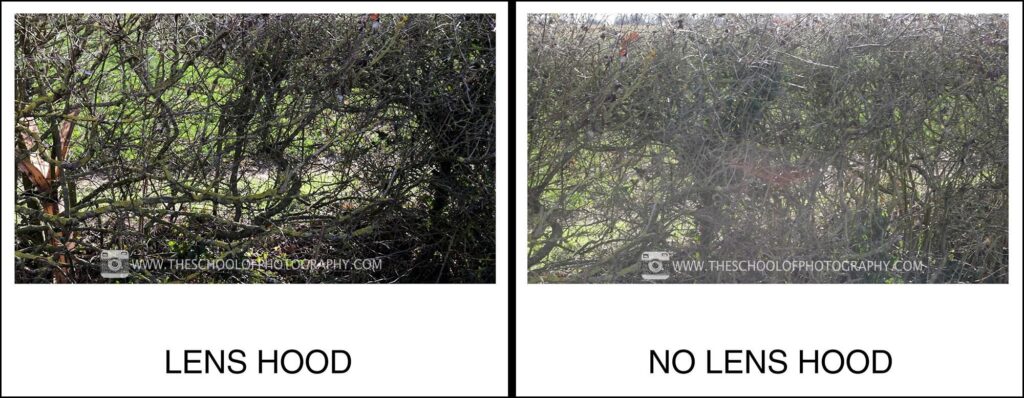
How to Choose the Right Lens Hood
Matching with Lens Type
Always choose a lens hood that is specifically designed for your lens. This ensures that it fits correctly and doesn’t cause vignetting or other issues.
Considering Shooting Conditions
Think about where and when you’ll be shooting. If you often find yourself shooting in bright conditions, a deeper hood may be beneficial.
Material and Build Quality
Look for lens hoods made from durable materials. Some are made of plastic, while others are metal or even rubber. Choose one that suits your needs and provides adequate protection.
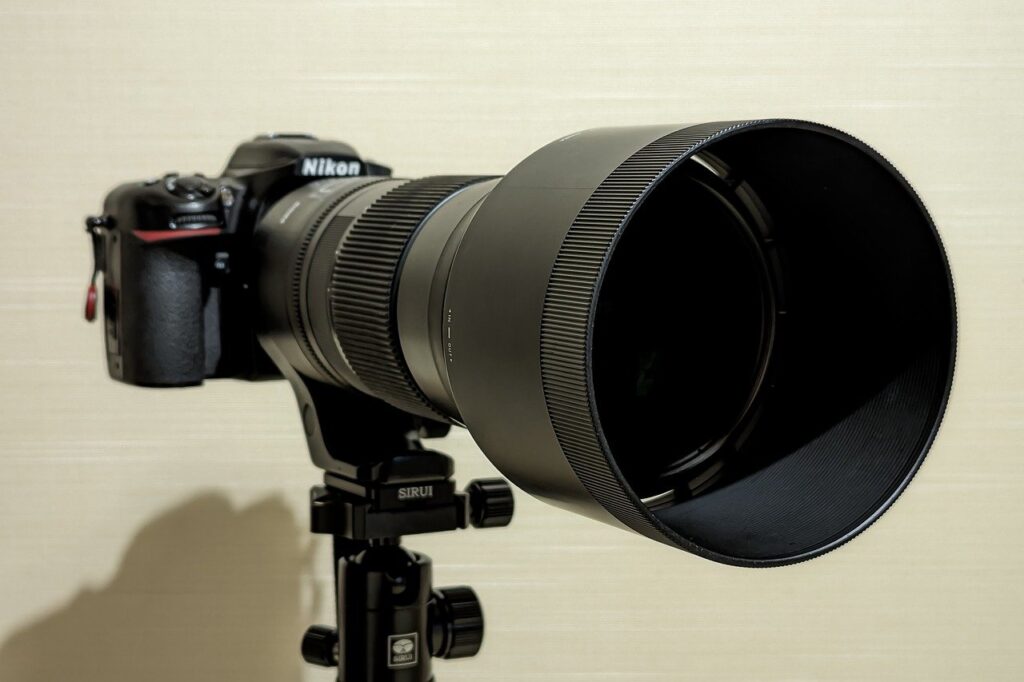
Proper Use and Maintenance of a Lens Hood
Attaching the Lens Hood Correctly
Make sure your lens hood is attached correctly, with the wider part aligned with the lens front. Some hoods have a specific way they need to be aligned to function properly.
Storing the Lens Hood
When not in use, store your lens hood in a safe place. Many lens hoods can be reversed and attached to the lens for easy storage.
Cleaning and Maintenance
Keep your lens hood clean by wiping it down regularly. Dust and dirt can accumulate, which could transfer to your lens if not cleaned.
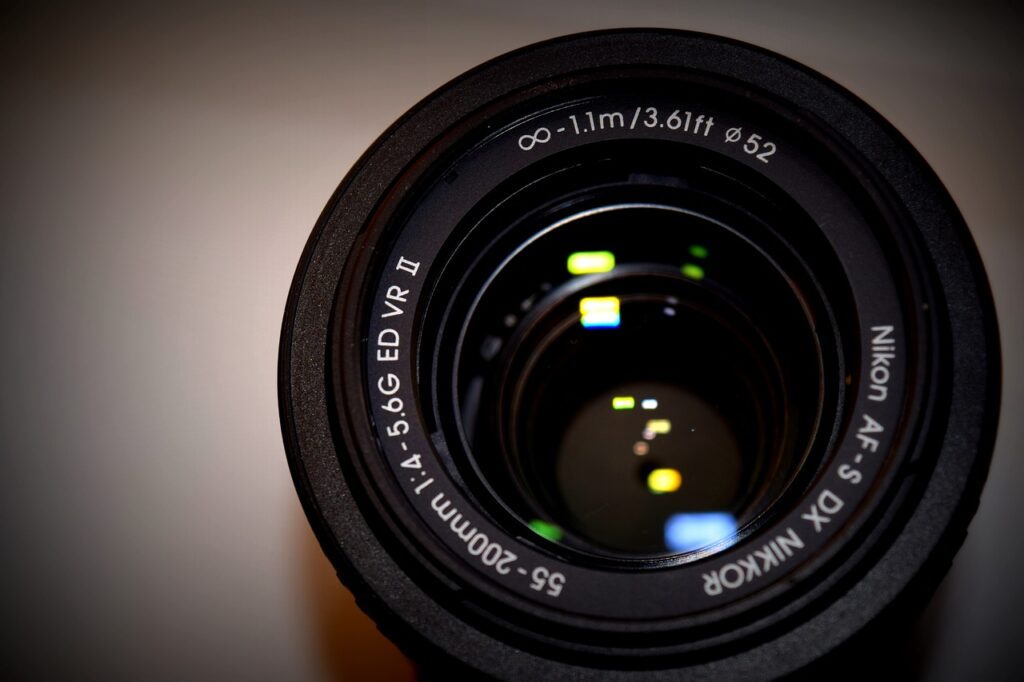
Common Myths About Lens Hoods
“Lens Hoods are Only for Professionals”
This is a common misconception. Lens hoods are useful for photographers of all levels, from beginners to professionals.
“Lens Hoods are Unnecessary Indoors”
While lens hoods are most beneficial outdoors, they can also help manage indoor lighting and protect your lens from physical damage.
“Any Lens Hood Will Work on Any Lens”
Lens hoods are not one-size-fits-all. Using the wrong lens hood can cause vignetting or fail to block light effectively.
Alternatives to Using a Lens Hood
Using Your Hand as a Shade
In a pinch, you can use your hand to block stray light, though it’s not as effective as a proper lens hood.
Lens Filters
Some photographers use filters like polarizers or ND filters to manage light, but these don’t provide the same benefits as a lens hood.
Adjusting Shooting Angle
Sometimes, simply changing your shooting angle can reduce unwanted light and flare, though this may not always be practical.
Lens Hood Accessories
Lens Hood Caps
Lens hood caps are designed to protect the front of your lens hood and can be a useful accessory to keep dust and dirt out.
Customizable Lens Hoods
Some photographers opt for customizable lens hoods that allow them to adjust the length and shape according to their needs.
Collapsible Lens Hoods
Collapsible lens hoods are made of flexible materials like rubber and can be folded down for easy storage when not in use.
Frequently Asked Questions About Lens Hoods
- Why are there different shapes of lens hoods?
Different shapes are designed to fit different types of lenses and minimize vignetting while effectively blocking stray light. - Can a lens hood affect the quality of my photos?
Yes, in a positive way. A lens hood can enhance contrast and color saturation by blocking unwanted light. - Is it okay to leave the lens hood on all the time?
Generally, yes. Leaving the lens hood on provides constant protection for your lens and is often convenient. - What if my lens doesn’t come with a hood?
You can usually purchase a compatible lens hood separately. Make sure it’s designed for your specific lens model. - How do I know if my lens hood is compatible?
Check the lens manufacturer’s recommendations or consult the lens’s manual to find the correct hood.
Conclusion
A camera lens hood is more than just an accessory; it’s an essential tool for improving your photography. Whether you’re shooting under bright sunlight or in a studio, a lens hood can help you capture images with better contrast, richer colors, and fewer distractions like lens flare. By understanding when and how to use a lens hood, you can take your photography to the next level. Don’t overlook this small but mighty tool – it could make all the difference in your photos.


